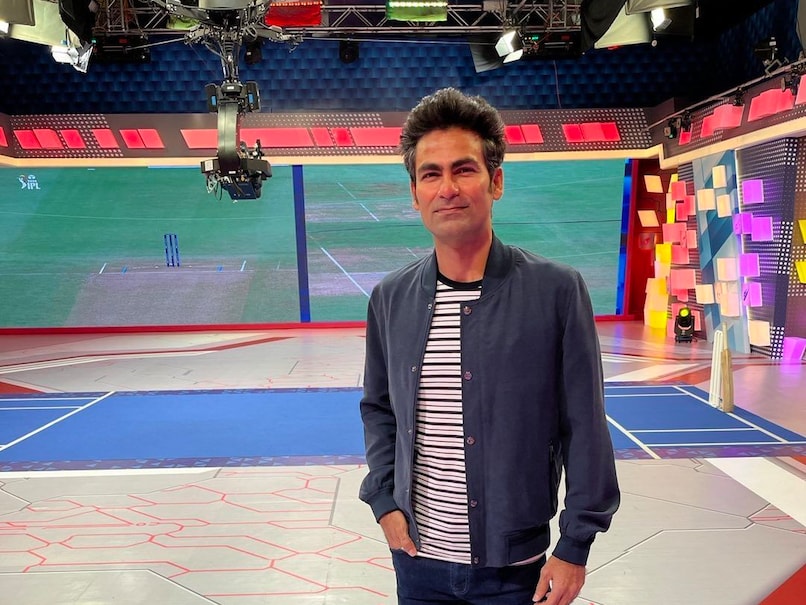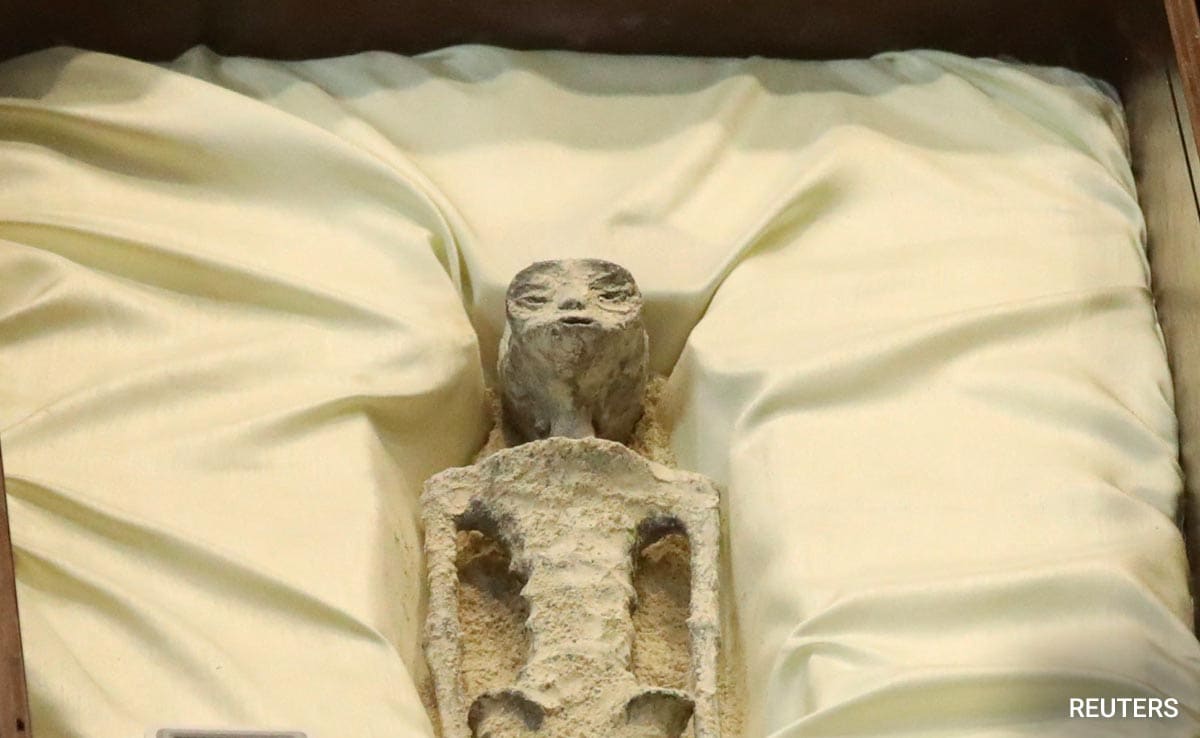“I am happiest being a detective.” The economic historian, Claudia Goldin, who has dedicated her life to seeking hidden truths, particularly about women’s historical and contemporary roles in the workplace, has been awarded the Nobel Prize in Economics this year “for having advanced our understanding of women’s labour market outcomes”.
The 77-year-old is only the third woman to have won the Sveriges Riksbank Prize in Economic Sciences, and the first to do it solo. Passionate about studying trends in gender equality, the Henry Lee Professor of Economics at Harvard University collected data of over 200 years from dusty U.S. archives to show how women have faced up to the gender gap in earnings, women’s participation in the labour force, the changes through the years, the reasons why and what can be done to reach gender parity.
The 2023 Global Gender Gap report pegged the gender gap score at 68.4%, which means there’s still work left to do. The report from the World Economic Forum underscored that at the current rate of progress, it will take over a century to close the global gender gap.
In her 200-year period of study, Ms. Goldin’s research showed that women’s participation in the labour force did not necessarily move in step with economic growth. It was not the case that as the economy grew, more women were in work. One of the patterns that emerged looked like a U-shaped curve, showing that the participation of married women decreased with the transition from an agrarian to an industrial society in the early 19th century, but then started to rise with the growth of the services sector in the early 20th century.
The Nobel Academy says her insights hold true not only for the U.S., but also many other countries. Thanks to her insights, “we should not count on economic growth automatically reducing gender differences in the labour market.” She provides several explanations why equality has progressed slowly, collecting her observations in her path-breaking book, Understanding the Gender Gap (1990). In the beginning of the 20th century, Ms. Goldin found there was a significant difference in the employment rates of married and unmarried women; while around 20% of all women worked for pay, only 5% of married women did so.
U-shaped curve
Then, the U-shaped curve turned upwards, and more women began joining the workforce due to technological progress, rise in education levels and the emergence of the services sector. But she discovered that while it brought about advancement for women in some areas, it “established barriers in others”. For example, the rise of the white collar sector increased women’s labour force participation, but also saw the establishment of “marriage bars” that segregated men and women in certain jobs.
Many women were forced to leave the job market once they had children. Things changed in the late 1960s, she shows, with the introduction of the contraceptive pill that helped women plan careers better. But despite changes, the earnings gap between women and men is yet to close, and bridging it will require a rethink about women’s roles at home. Her 2021 book, Career&Family, studies five generations of women and their century-long journey to close the gender wage gap, and explains what has held women back, and what still does. She chose five groups of women, starting with Group One who had to choose between the two goals of career and family, and finishing with Group Five who aspire to, and often succeed at, both. Alongside describing the fight for women who face disparate treatment at the workplace, she also brings up an equally important issue, that of couple equity in the house, and why it is imperative to share a woman’s care-giving duties.Her hope for the future? Women should have a career as well as a spouse who wants what they want.
In her own words, until she went to college, Ms. Goldin considered archaeology and bacteriology as career options. At the University of Chicago, she became a true disciple of economics, as she writes in her essay ‘The Economist as Detective’ in Passion and Craft: Economists at Work, edited by Michael Szenberg (1988). In her research, she focuses on three strands: Idea, theory, data and empirical methods. And yes, she suggests reading out any work loud, to anyone who will listen including a dog — her beloved pet is a 13-year-old Golden Retriever Pika who has a dedicated website.
Influenced by Paul de Kruif’s 1926 book, Microbe Hunters, she put the microscope to study gender. Among her quiet eureka moments were a survey of firms she unearthed which had answers to questions like whether it discriminated on the base of race, if there were jobs for which they would not hire a woman, and whether married women were not hired and single women were fired when they married. Like Professor Alfred Kahn and other mentors, she has always used economics to unravel what lies in the shadows.















